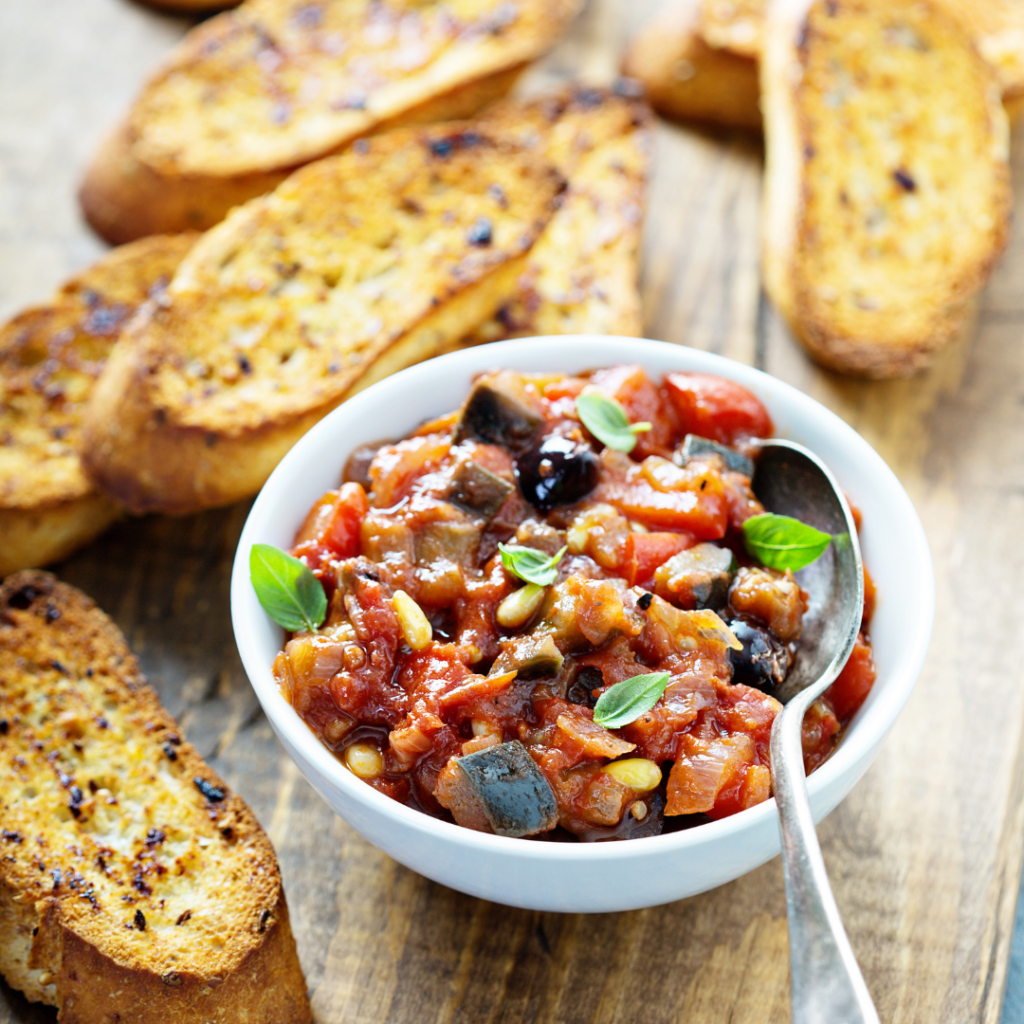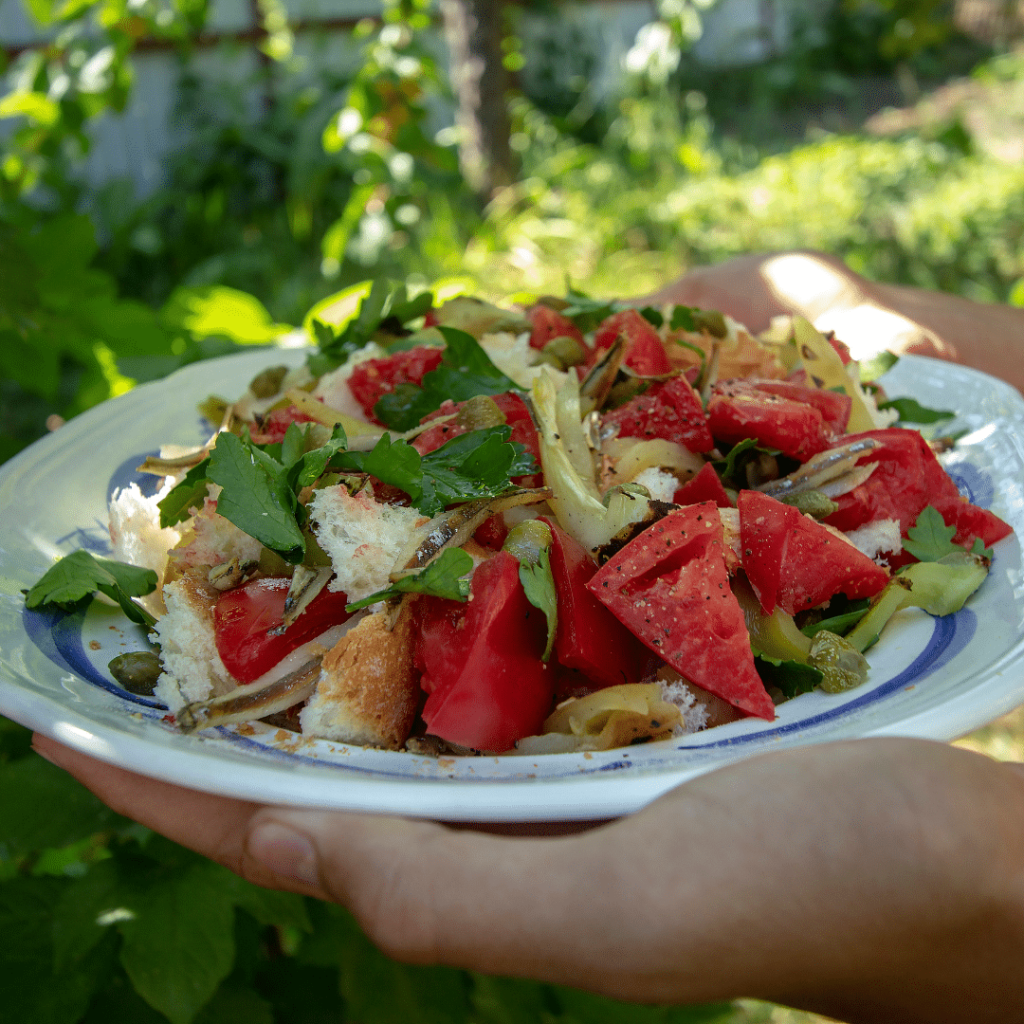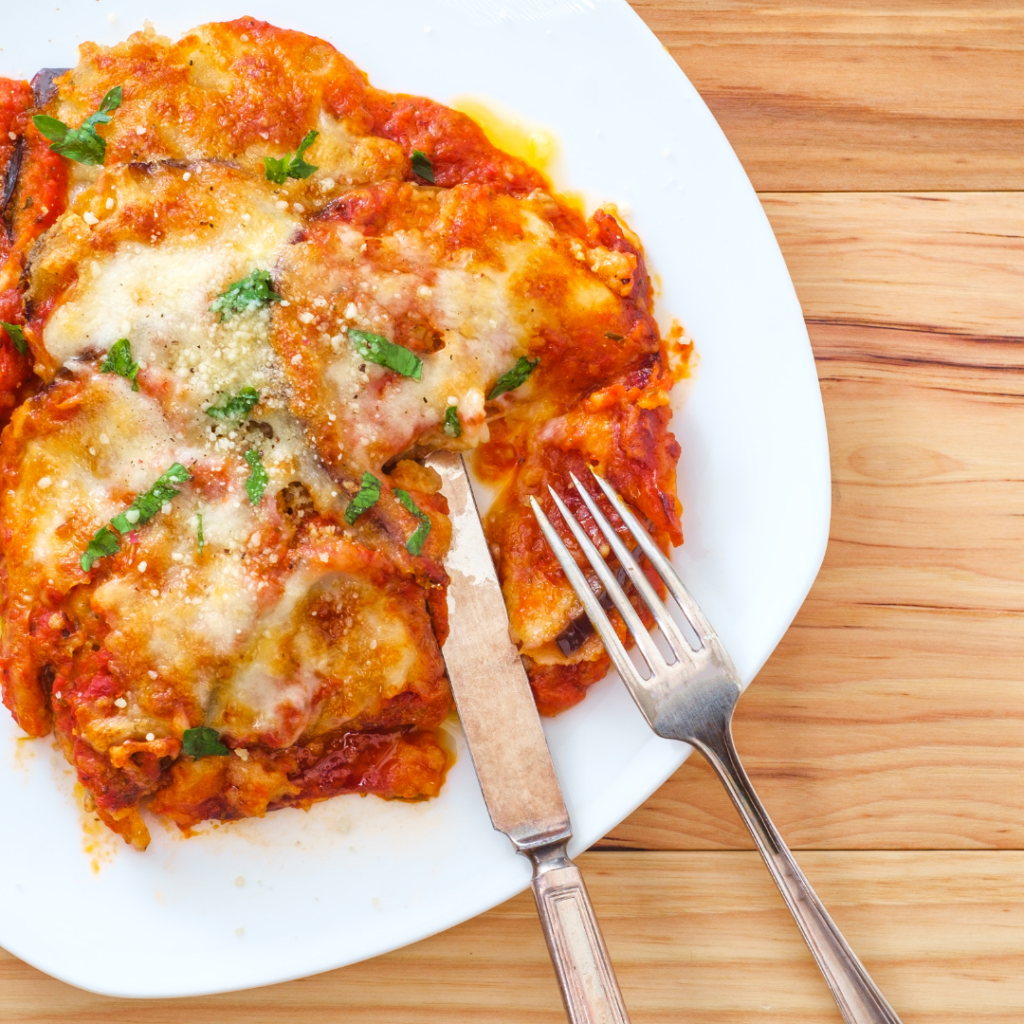In Italian households, cooking with pride and love is a tradition that spans across generations. Having an endless selection of fresh food and ingredients wasn’t always at our disposal like it is today. As a result, cucina povera or ‘poor cooking’ emerged as a way to make the most out of simple and affordable ingredients. This low waste style of cooking has roots in rural Tuscany. With rising inflation, embracing cucina povera traditions can help you save on your grocery bill.
What is Cucina Povera?
Cucina povera was common amongst lower-class people who would find clever ways to stretch their coveted IGP, DOP and DOC/DOCG ingredients, since they weren’t always financially accessible. Many of these folks were tired farmers, needing uncomplicated yet delicious dishes to cook after an exhausting day out in the field. “Cucina povera is about clever frugality. During the medieval times, peasants who worked in the royal courts had to make due with foodstuffs rejected by the rich like offcuts of meat, offal, stale bread and vegetable scraps.” says Laila Tentoni, President of the Casa Artusi Foundation. Founded in the name of cultured gastronomist Pellegrino Artusi, Casa Artusi is a gastronomic culture hub dedicated to Italian home cookery. “Our elders used to tell us that when farmers would eat a chicken either the chicken was sick or the farmer was sick. But from poor, simple ingredients, family women were often able to create appetizing and nutritious dishes with passion and imagination — fundamental ingredients for every recipe,” Tentoni adds.
What they didn’t know is that the meals they made out of necessity would eventually evolve into modern-day delicacies. Many of today’s top-tier restaurants include cucina povera-style dishes on their menus. “In other contexts, cucina povera refers to making due with what one can find, including wild vegetables, pulses, rabbit and fish. In the north, chestnuts and polenta were a staple of cucina povera. In the south, you find fennel bulbs, sardines and eggplants. Many of the most iconic Italian products and dishes were invented through making the most simple, available ingredients.” Tentoni explains.
Cucina povera meals can be a healthier choice. Vegetables, herbs, and legumes, are rich in vitamins and minerals and key components used in these dishes. The Italian food staples defining cucina povera such as peperoncino, olive oil, capers, tomatoes, beans, peas, rice, and onions are likely already in your dispensa.
Nearly 860 million people don’t have enough food while 1.3 billion tonnes of food waste annually. Cucina povera not only helps you cut food costs — it can reduce your food waste footprint.
Scroll down to see some iconic cucina povera dishes.
Caponata

Caponata is made using chopped fried eggplant and other vegetables, seasoned with olive oil, tomato sauce, celery, olives, and capers, in an agrodolce sauce. It is thought to have been introduced to Sicily during the Arab conquests of the 9th century. Another Sicilian version of this dish includes lobster, swordfish, wild asparagus bottarga and shrimp, elevating cucina povera to a high-class level. Regions across Italy put their own spin on caponata — for example, octopus is added in Palermo and in Napoli there is a similar dish called cianfotta. In the 18th century, it was often served as a main course, though caponata is contemporarily served as an appetizer or an accompaniment to fish dishes.
Pasta Aglio, Olio e Peperoncino

This Neapolitan pasta dish is perfect for after a night out on the town when restaurants are closed. Made with garlic, olive oil and red chillies, pasta aglio, olio e peperoncino typically uses spaghetti, but any pasta will do. Top it off with some Parmigiano Reggiano DOP cheese for the perfect late-night meal.
Panzanella

Has your bread gone stale? Toss it in a salad! Panzanella or panmolle is a Tuscan and Umbrian chopped salad made with onions, tomatoes, and bread soaked in olive oil and aceto balsamico. In Italian, pane means bread and zanella means a deep plate, which the dish is often served in.
Prior to the 20th century, panzanella did not include tomatoes and was made using only onions and bread. A piece of writing by 16th-century artist and poet Bronzino might be an early description of panzanella where he writes about enjoying onions, oil and vinegar served with toast.
Today’s panzanella is usually made with stale bread combined with red onions, tomatoes, olive oil, vinegar, salt, and pepper. This hearty salad is the perfect summer meal.
Melanzane alla Parmigiana

Parmigiana, also called parmigiana di melanzane, or melanzane alla parmigiana, is what Canadians know as eggplant parmesan. This southern Italian dish is made with layers of thinly sliced eggplant covered in tomato sauce and cheese, which is then baked in an oven.
The origins of this dish are unclear. Some believe parmigiana refers to Parma and because Parmigiano-Reggiano DOP cheese is produced there. However, Parmigiano Reggiano DOP has been widely traded since the 14th century. Because eggplant was first introduced to Sicily and the other southern regions, it is more likely that an eggplant dish was invented there. Others suggest the name for the dish is derived from the Sicilian word for damigiana, a wicker sleeve used to protect your hands from the hot casserole in which the dish would be prepared and served. Palmigiana, meaning louver, is another Sicilian word also considered to be a possible link. The angled horizontal slats of a louver might resemble the layered eggplant slices in the dish.
However, there is evidence the dish hails from Naples. Vincenzo Corrado’s 1786 cookbook Il cuoco galante includes a recipe using eggplant seasoned with butter, herbs, cinnamon, other spices and grated Parmigiano Reggiano DOP cheese. The dish is then smothered with a creamy sauce made with egg yolks before it’s baked in an oven. The modern version of the dish with tomato sauce appears several years later in Cucina teorico-pratica, Ippolito Cavalcanti’s cookbook, which was published in Naples in 1837, suggesting the dish evolved in Naples.
Although the cost of living and inflation continue to rise, Canadians can still eat well with simple dishes thanks to cucina povera. Grab your avanzi and get to cooking gourmet quality meals, making the most out of your pantry staples.



Add a comment